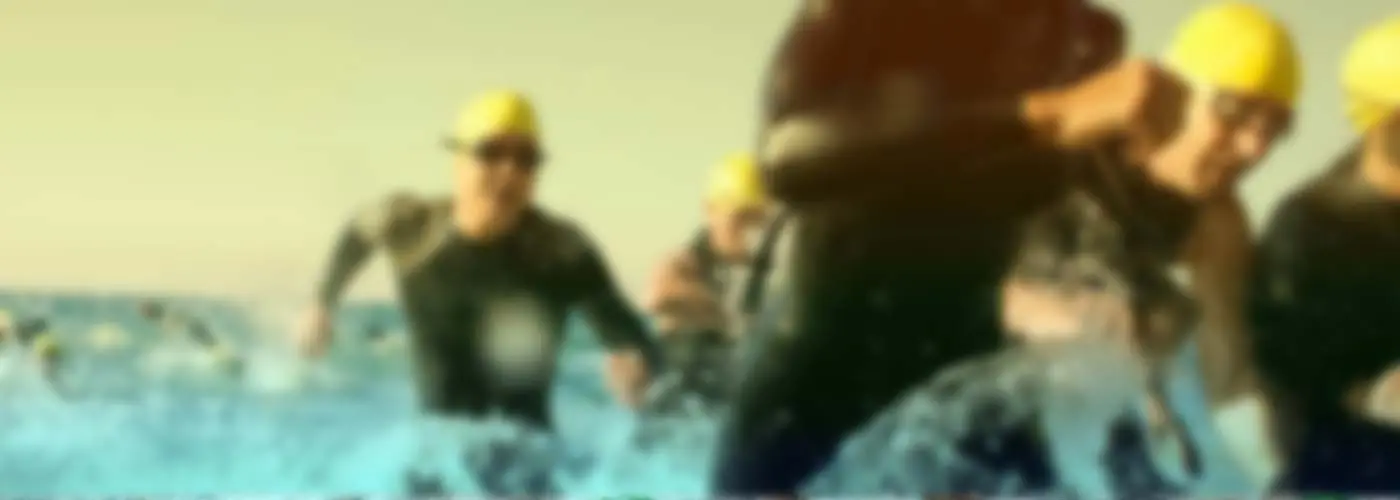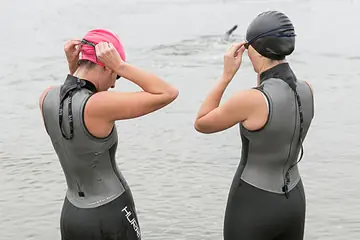
Years ago, I saw one of those advertisements that completely succeeds in drawing one's attention and making obvious a need in one's life. The ad opened with a man sitting despondently on a park bench, watching runners go to-and-fro along the walkways around him. The voice over said "Last Tuesday you broke up with running. Now you see running everywhere." The spot was funny, honest, and effective: stepping away from any kind of training, whether it's swimming, biking, running, rowing, lifting, or walking feels a little bit like a betrayal of that sport. And, just as with any ended relationship, one does really feel like the object suddenly shows up everywhere.
I've been away from running for a little over a month. Up until last week I crowed happily to my athlete friends that "my non-running habit is well-established; I haven't run in over 21 days!" Then my coach Cliff English and I had our 2014 recap and 2015 preview. I would continue to focus on cyclocross for the rest of this year, but running would begin to be a part of my life again. Like any pair of bruised lovers, running and I eyed each other with fear, anticipation, regret, and excitement.
More: 6 Tips to Improve Running Form
Of course, that first run back was exhilarating. Running reminds one of its singular gifts each time we come back to it: it is the simplest of sports, requiring nothing but the acceleration from a walking pace. Gear is light or non-existent; some of the best runners in the world, after all, don't even own shoes (don't take that previous sentence as any kind of endorsement for barefoot running, non-barefoot running, minimalism, or maximalism in shoes—that is an essay of wider scope and purpose). When we run, we change the activity from its original purpose of self-preservation into something abstract and seemingly purposeless: most of us finish our run right back where we started. But we also finish our runs somehow better than when we began.
Philosophical waxings aside, however, you're probably interested in some real information. I read a blog post or article or tweet about a year ago that attempted to do exactly what I'm presently attempting to do: define what off-season running should look like. Just as I'm sure I'm doing, the article made some over-simplifications and generalizations that begged more questions than it answered. The author cautioned runners away from "slow, plodding trail runs," suggesting a pattern of short runs that featured lots of accelerations of less than a minute. As with many arguments of this breadth, the article both exaggerated the "bad" (long, slow trail runs) and "good" (short runs that focused on cadence and leg speed). I hope to be not too much in the wrong by suggesting that both approaches can be part of your winter running.
First, though, you should articulate some kind of goal for your winter running. Are you a good runner already, and is your winter running simply a maintenance program while you focus on swimming and cycling through the winter months? If so, you'll probably take a different approach, one closer to the article cited above. Is running a growth area for you, something you're intending on improving by your first race in 2015? Then this approach argued here might work better. As with anything in this world of noise and nuance, there is no one-size-fits-all approach—somewhere out there is a running program perfect for you.
- 1
- of
- 2










Discuss This Article